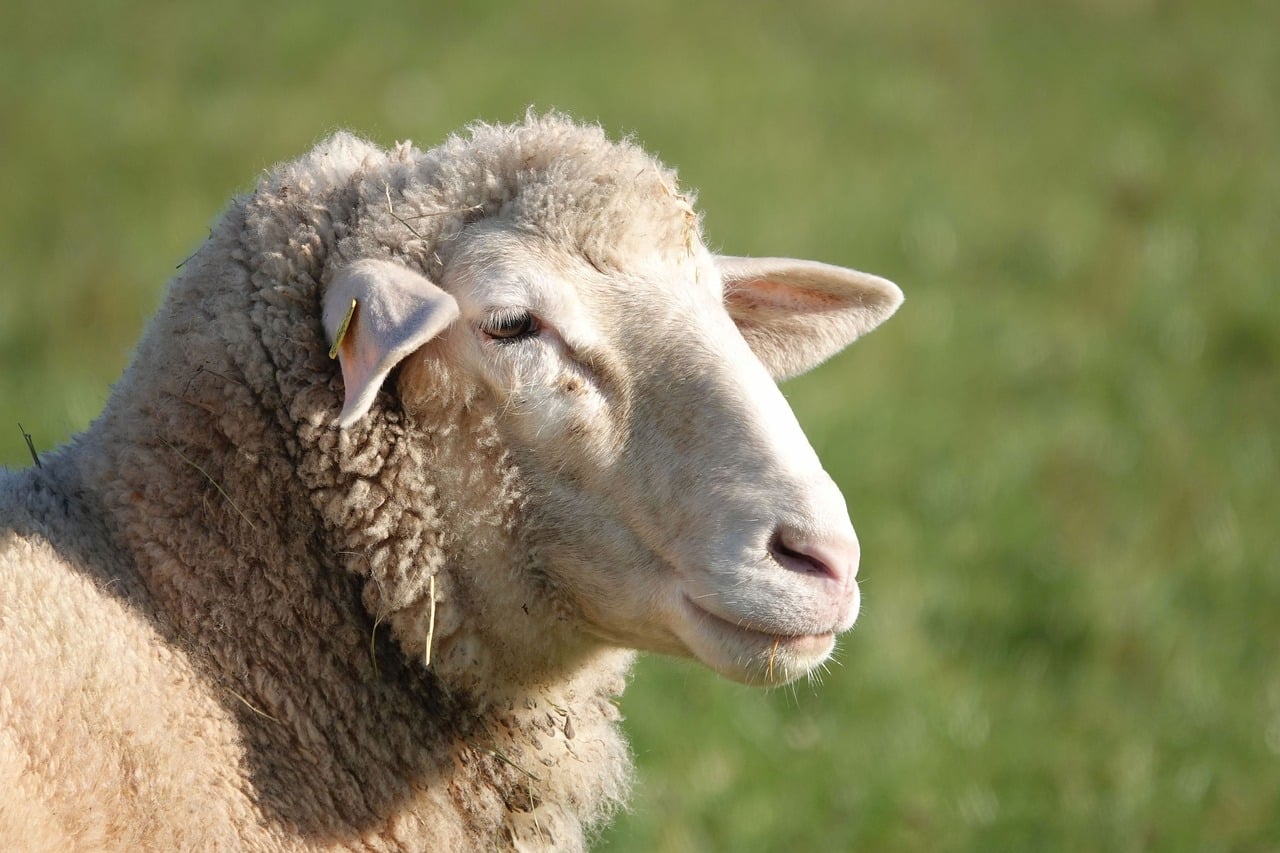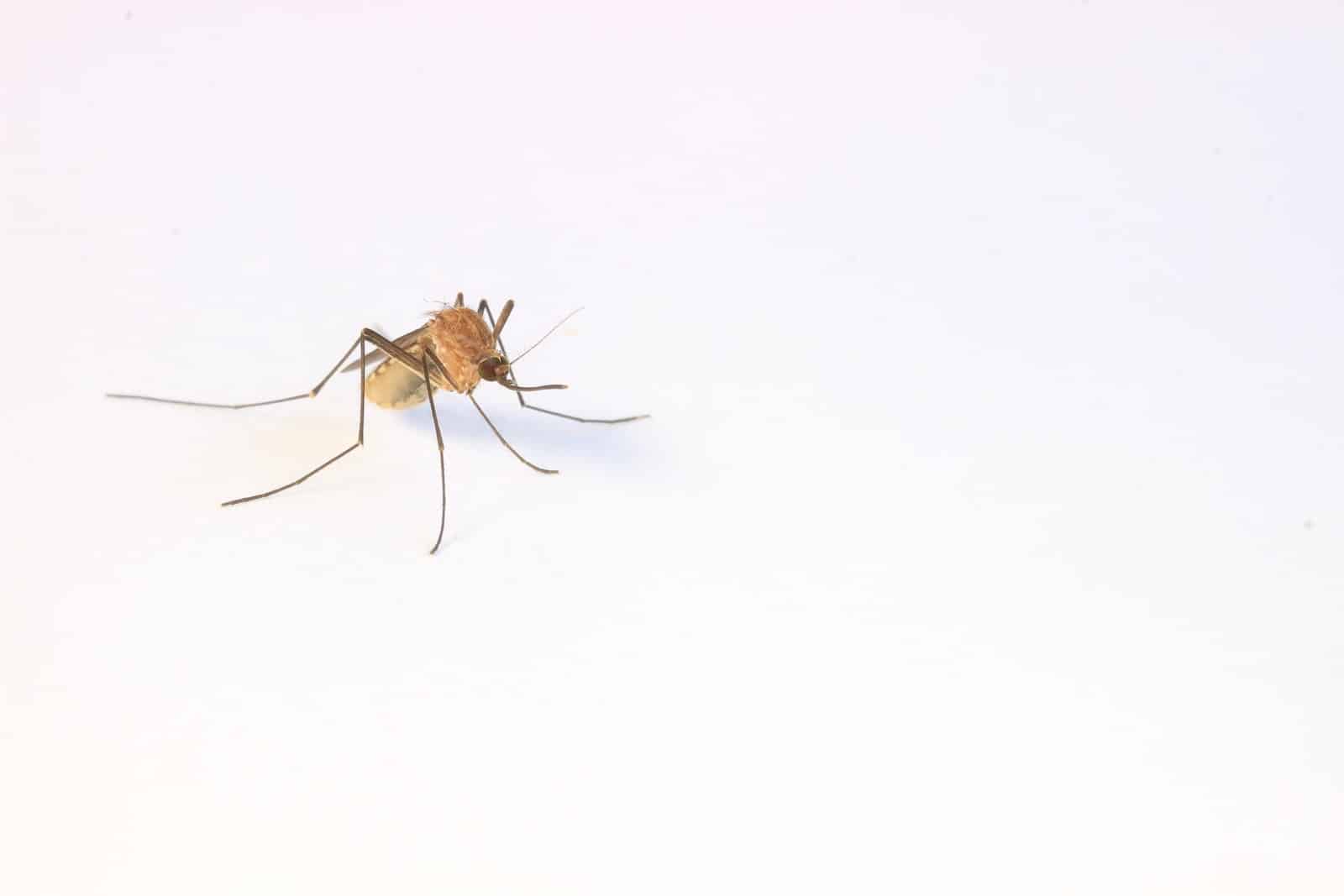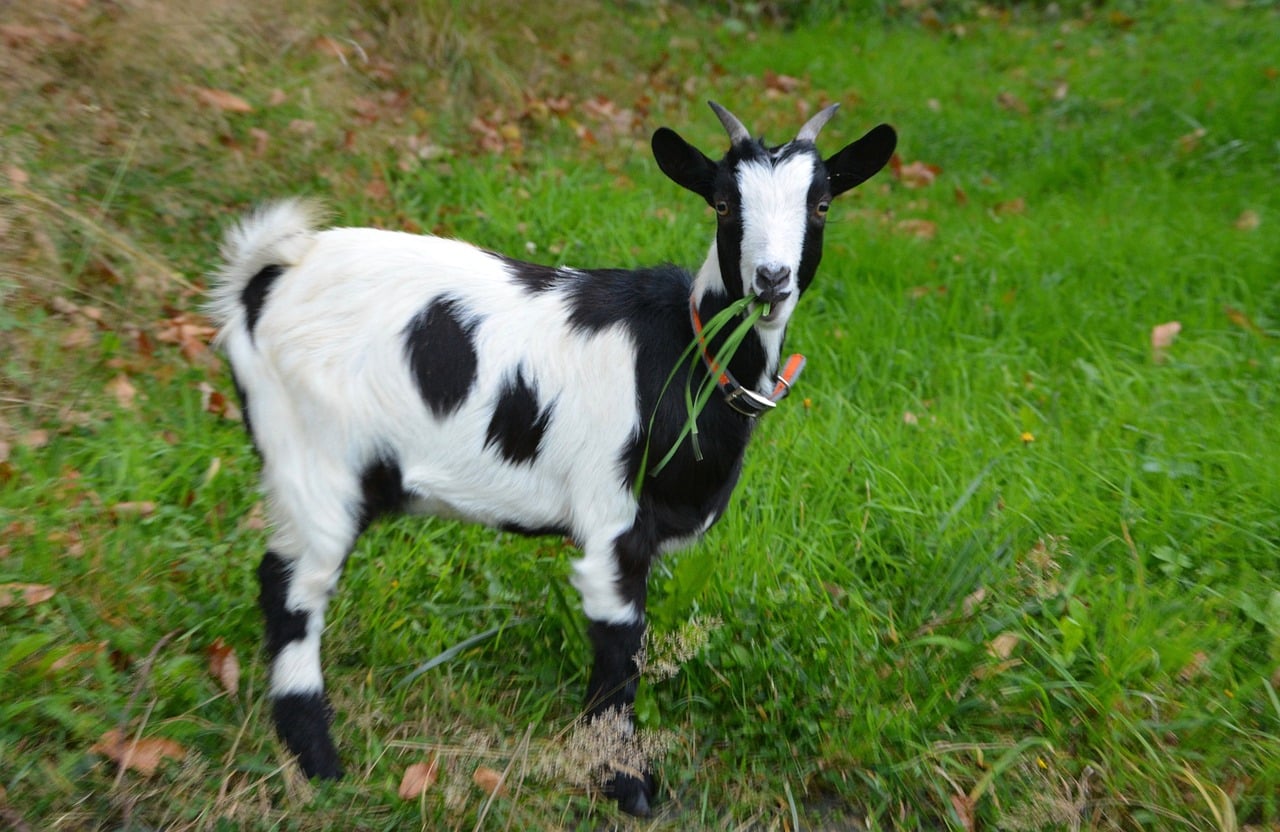Humans have used wool to fashion garments, blankets, tapestries, and several other things for about 4000 years.
Although there are many breeds of sheep in the world today – over 200 of them – not all can produce quality wool.
Some sheep have been specifically developed for the production of wool by breeders and spinners.
Lambs typically produce less wool than ewes which in turn produce less than rams (male sheep) of the same breed.
There are several types of wool, each with its distinctive quality and suitable for specific things.
When choosing a sheep breed for the production of wool, you should consider certain traits that contribute to the quality and value of wool.
Some of these characteristics include fiber curvature, staple length, fiber diameter, lack of pigmented fiber, clean fleece yield, and spinning fineness.
Some sheep breeds have greasy wool due to large amounts of lanolin while others don’t. So you have to consider all of this before going into sheep farming.
In this article, we would be looking at different wool producing sheep breeds and the wool they produce.
Sheep Breeds That Produce Wool
1. Merino
Merinos are the original wool producing sheep breeds.
They are the ancestors of basically all fine wool breeds, producing the finest quality wool. It is also one of the most popular fine wool sheep in the wool industry.
Wool from the Merino sheep has a fineness of 17 to 22 microns and may sometimes be as thin as 12 microns, almost the size of cobwebs.
Their wool is so soft and has superb felting properties. There are several strains of wool from Merino breeds, including Boroola, Peppin, Delaine, and Saxon.
Among these strains, Saxon produces the most delicate and most expensive wool fiber.
Although they have high wool quality, their fleece yield can be low compared to other breeds due to the high amount of grease.
Merino wool can be used to produce baby clothes and fabric you can wear next to your skin.
2. Cormo
Originally from Tasmania, Australia, the Cormo is a fertile sheep breed that can better adapt to wet and cold conditions than the Merino.
Cormo is a fine wool breed with wool that is clean and white, which results in heavy fleece weight.
Fiber diameter for the wool is uniform from head to tail; it is very soft and warm. Wool from this breed has an average luster.
However, Cormo wool is of short length and high crimp, making it challenging for spinners to maintain even tension.
Cormo wool is known for its softness, elasticity, and excellent felting property. It can be used to produce fashion fabrics.
3. Debouillet
This breed is a cross between Rambouillets and Delaine-Merinos. Debouillets are sturdy sheep and capable of surviving varied climate conditions in the western U.S.
The fleece from this sheep breed is very soft and has a well-defined crimp. Its staple length is a little better than Merino and Rambouillets.
Debouillet wool is soft, elastic, and has excellent felting properties. It can be used to produce babywear and next-to-skin fabrics.
4. Columbia
The Columbia sheep breed is a docile medium wool sheep developed in the U.S.
It has a well-proportioned body and solid legs and is developed specifically for its wool, although it can be used for meat production, which is lean and juicy.
Columbia sheep have a heavy coat that fits snugly around their body.
5. Icelandic Sheep
The Icelandic sheep is one of the oldest and purest breeds of sheep in the world.
They have been around since the time of the Vikings when they were brought to Iceland approximately 11,000 years ago.
The Icelandic sheep have historically been used for three purposes – their fleece, milk, and meat.
Their wool weighs about 4 to 5 lbs and is very soft.
Their tog wool has been used in making embroidery thread, tapestries, rope, and canvas for sails.
Fine wool from this sheep breed can be used to make mittens, baby clothes, underwear, socks, sweaters, etc.
Icelandic sheep wool also comes in a wide range of colors.
6. Polpay Sheep
The Poplay sheep was developed in the U.S. by crossing the Dorset, Finnsheep, and Targhee sheep breed at the Sheep Experiment Stations in Dubois, Idaho.
This sheep breed is medium-sized sheep designed explicitly for the dual purpose of meat and wool production.
Its fleece weighs about 7 to 10 lbs, and its fiber diameter is 24 to 34 microns. The fleece also has a good staple length of 3 to 5 inches.
The Polpay sheep name is derived from “poly” which means many, and “pay” because of how profitable they are to breeders.
7. Rambouillet
The Rambouillet sheep is a large-sized hair sheep with fine wool that can be used for meat production.
Fleece from this sheep breed has a fiber diameter of 19 to 23 microns, and its crimp is finer than that of the Merino.
Rambouillet wool can be described as soft, elastic, and has an excellent felting quality.
It can be used to produce baby clothes, sweaters, caps, underwear, exotic rugs, and tapestries.
8. Polwarth
The Polwarth is a two-purpose sheep breed that produces both wool and meat.
This sheep breed is a descendant of the Merino and Lincoln breeds that were developed for dual-purpose, emphasizing wool production.
It is suitable for damp climates where Merino doesn’t do very well. Polwarth wool is white, soft, and has an average fineness with low luster.
Polwarth wool growth is very fast and its fiber can be used for knitting yarns, baby clothes, and worsted fabric.
9. Comeback
Comeback is the name given to sheep developed from breeding backward towards the Merino breed.
It is used to describe any fleece that is at least 70%, Merino. The Comeback sheep is a type of Australian sheep instead of a separate breed.
This sheep breed was developed by crossing the British longwool with the Merino. They produce fine, soft, and heavy fleece with excellent felting quality.
Comeback wool can be used to make woolen and worsted fabric, knitting yarns and felts.
10. Suffolk
The Suffolk sheep breed is large, muscular, white-colored wool sheep with black faces.
They are originally from England, where they were developed from crossbreeding the Norfolk Horned ewes with Southdown rams.
Suffolk sheep have a fleece weight of 5 to 8 pounds and a fiber diameter of 25.5 to 33 microns.
11. Finnish Landrace
The Finnish Landrace, also known as Finn or Finnsheep, has the optimum fiber length and high fiber crimp.
This breed is fertile and adaptable to any living condition, including harsh climatic conditions.
Fiber from this sheep has an average fineness of 24 to 31 microns; compared to other sheep breeds with medium wool, the Finnsheep produces very soft fiber.
Due to low levels of lanolin in the fleece, it grows relatively clean on the sheep. Wool from the Finnsheep can be used to produce sweaters, blankets, caps, etc.
12. Cotswold
Cotswold sheep are a rare breed of sheep originating from the Cotswold hills of England.
This sheep breed is both a meat and wool producer and can be quite heavy.
They have a dark coloring ranging from red to cinnamon but turn a golden beige color when they reach maturity.
They are sought after by wool buyers and their fleece was associated with the fantastic cloth of gold in the 13th century.
Their fleece weighs about 15 pounds and has a fiber diameter of 32 to 40 microns.
13. Romney
The Romney sheep breed is a dual-purpose breed use for fiber and meat.
This sheep breed can be found in nearly all the countries raising sheep. It has a uniform fiber that is semi-lustrous and with more crimp than mist long wool sheep.
The fiber diameter is about 32 to 39 microns and very rough, which makes it unsuitable for making garments that come in direct contact with the skin.
However, it can be used to make baskets, rugs, outerwear, and carpets.






